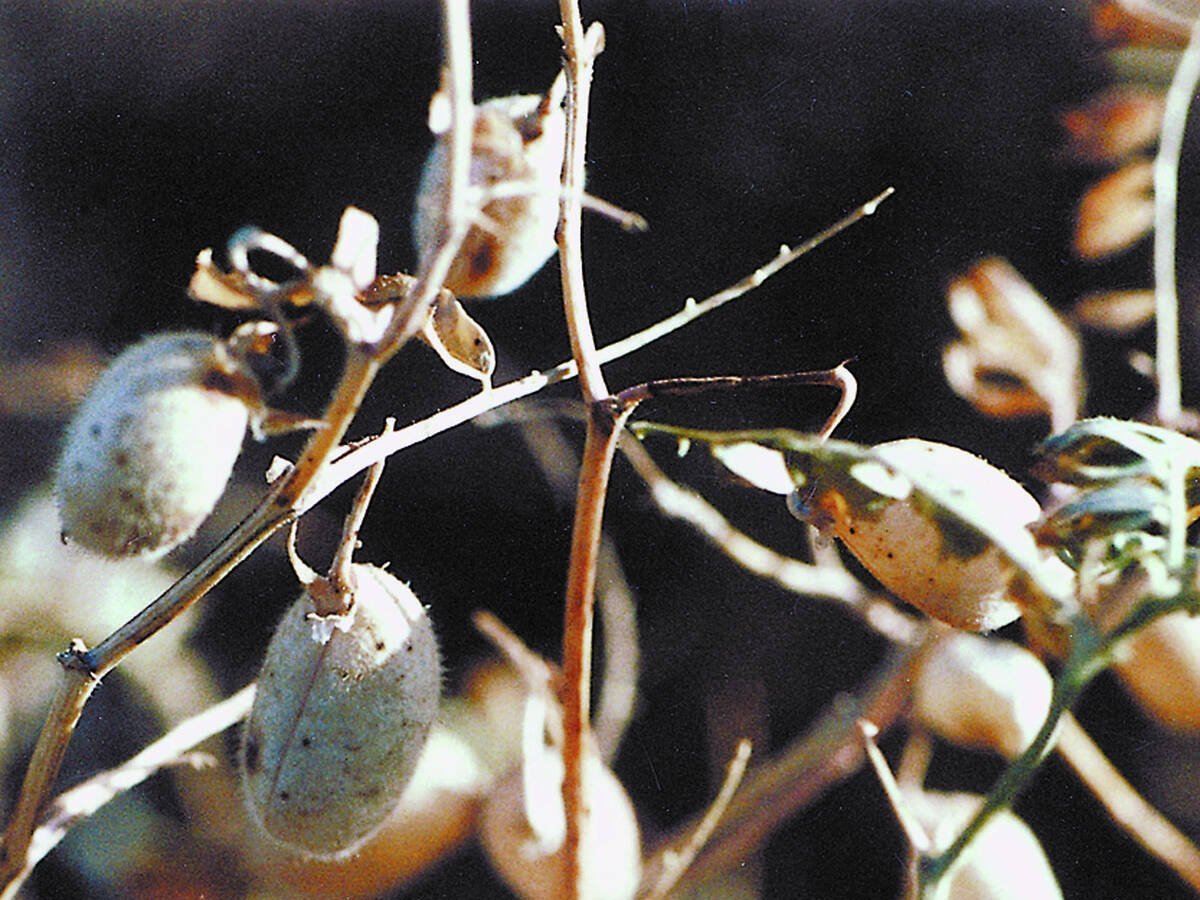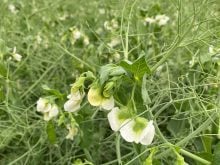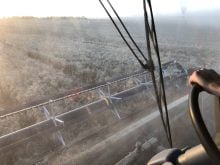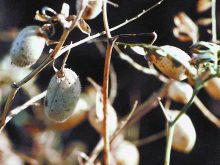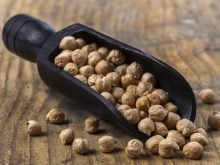SASKATOON — There are plenty of low-quality chickpeas to move this year, says an analyst.
Canadian farmers produced 158,900 to 203,700 tonnes of No. 3 or sample chickpeas if provincial grade breakdowns are accurate, according to Stat Publishing.
“(That is) a massive increase over last year’s 8,600 tonnes and the recent annual average of roughly 7,900 tonnes,” the analyst said in a recent article.
Read Also

New wheat varieties offer Prairie farmers jump in yield
Three experimental wheat varieties developed by Agriculture Canada are showing yield increases of eight to 15 per cent over AAC Brandon wheat in registration trials.
Why it Matters: The pet food market is already oversupplied with product.
Jake Hansen, general manager of Mid-West Grain Ltd., a chickpea processor in Moose Jaw, Sask., agrees that there is much more lower quality product around this year than there has been recently.
“The last three or four years have been unusually good (quality), and now we’re trending more towards a normal or maybe a little bit worse than normal year,” he said.
The surge in low quality chickpeas is partially because growers planted 541,000 acres of the crop, according to Statistics Canada. That is the biggest crop since 2001 and the third largest on record.
That has resulted in large volumes of all grades of chickpeas. Stat is forecasting 172,100 to 221,000 tonnes of No. 2 or better.
The other reason is the rain in July. Chickpeas are an indeterminate crop, and the rain caused it to shut down seed production and put energy into plant growth.
Conditions warmed up in mid-August, but it was too late. Crop development had been delayed, and that caused problems when the rain and frost came in September, resulting in excess green and damaged seeds.
Poor quality chickpeas are typically sold into the pet food market.
“We sell to pretty much every pet food manufacturer in North America, and they are fully booked until January 2027,” said Hansen.
“It’s going to take a couple of years for us to work through all this product.”
That is why pet food quality kabuli chickpeas are priced in the low-teens in cents per pound.
No. 2 chickpeas are priced in the high-20s, which is below the long-term average range of $0.30 to $0.40 per pound.
However, he noted that there will be spikes that drive that price higher when a buyer suddenly needs 100,000 bushels of good quality kabulis.
Demand for better quality product has been solid.
“We are shipping a lot of chickpeas,” said Hansen.
The U.S. has a lot of chickpeas to sell as well, with the U.S. Department of Agriculture estimating production at 363,100 tonnes, up from 258,300 tonnes last year and well above the five-year average of 189,300 tonnes.
Hansen said the U.S. crop is of good quality, so there will be plenty of competition for No. 2 or better chickpeas.
Argentina’s crop looks normal. That product will hit the market in the December-February period. It is usually priced at a discount to Canadian supplies due to its inferior quality.
Turkey is the other direct competitor. The Turkish government is estimating 406,400 tonnes of production in 2025, down 29 per cent from the previous year.


